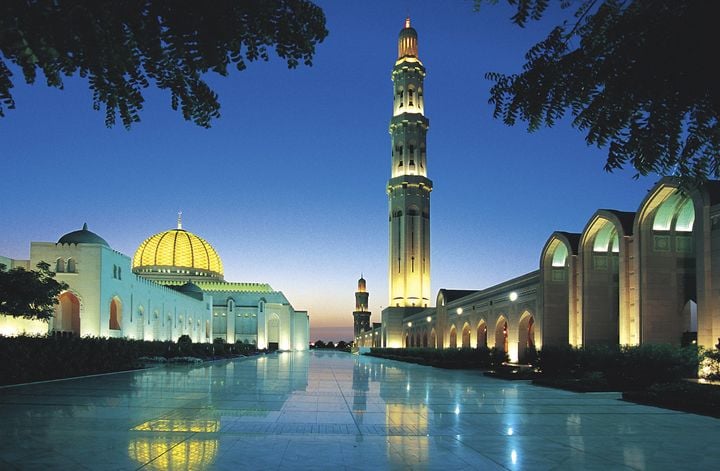The country on the southeastern coast of the Arabian Peninsula offers multiple opportunities for adventure Sultan Qaboos Grand Mosque in Muscat The first thing that hits you on arrival at Muscat International Airport is the vast, airy space the place takes up. Soaring ceilings, no panicky clutter of unclaimed bags, queues for the toilets or that sense of confusion peculiar to arrivals halls. Getting through immigration felt pleasingly informal, more a short chat with some friendly guys than the feeling you are being judged a potential undesirable.
A quick stop at a cash machine and out into micromanaged gardens before heading down a shiny-looking carriageway lined with waving date palms. My first stop, heading south for 80 minutes, is Birkat al Mouz. This abandoned village is typical of small, ancient settlements perched on hillsides in this part of Oman.

As mud brick walls, roof beams of compacted date palms and age-old irrigation systems are discarded in favour of concrete blocks and better plumbing, the village stands as tribute to a worthy past. What is left of a watchtower looks down on an oasis, once the basis of the settlement and still home to banana plantations..
Health

Travel Review: A journey in the ancient land of Oman

The first thing that hits you on arrival at Muscat International Airport is the vast, airy space the place takes up. Soaring ceilings, no panicky clutter of unclaimed bags, queues for the toilets or that sense of confusion peculiar to arrivals halls. Getting through immigration felt pleasingly informal, more a short chat with some friendly guys than the feeling you are being judged a potential undesirable. A quick stop at a cash machine and out into micromanaged gardens before heading down a shiny-looking carriageway lined with waving date palms.















